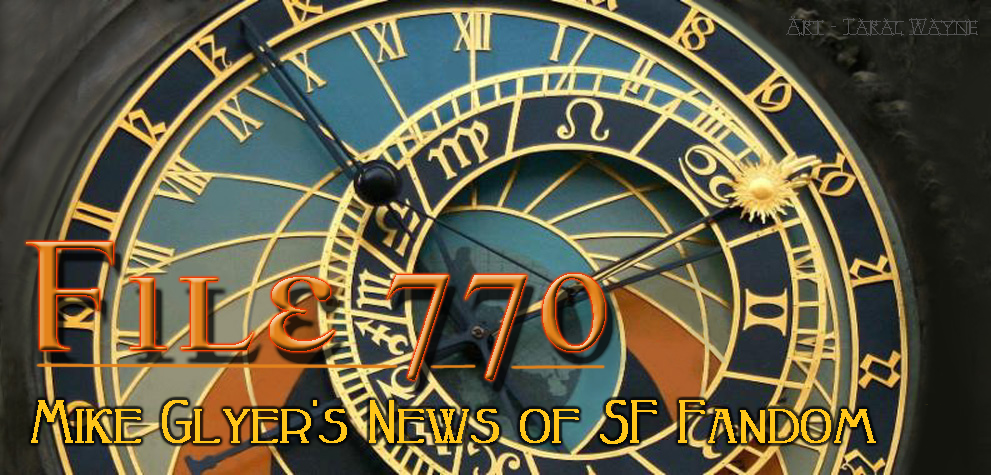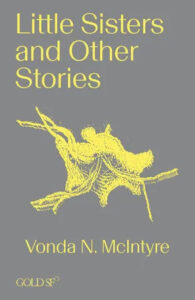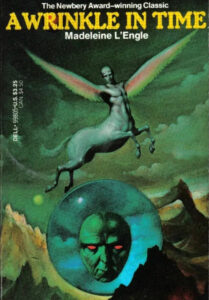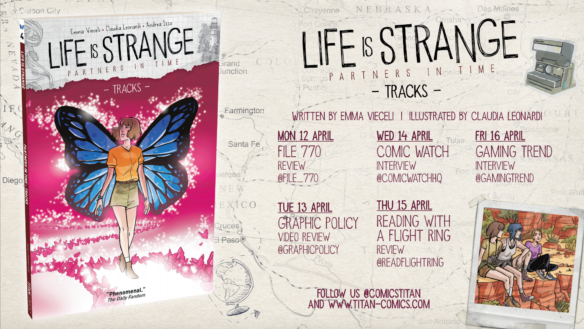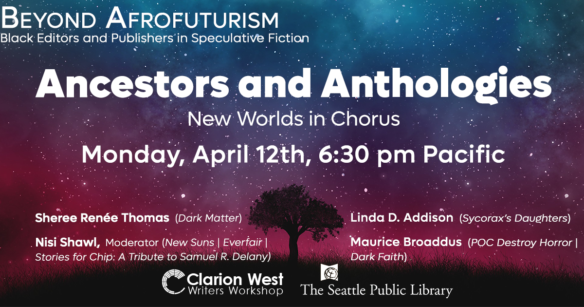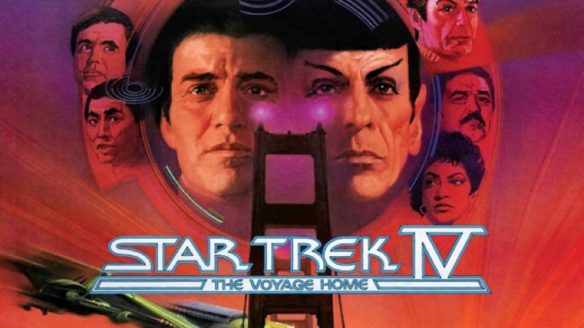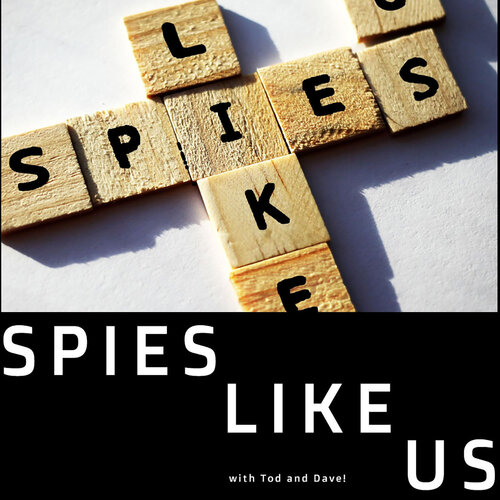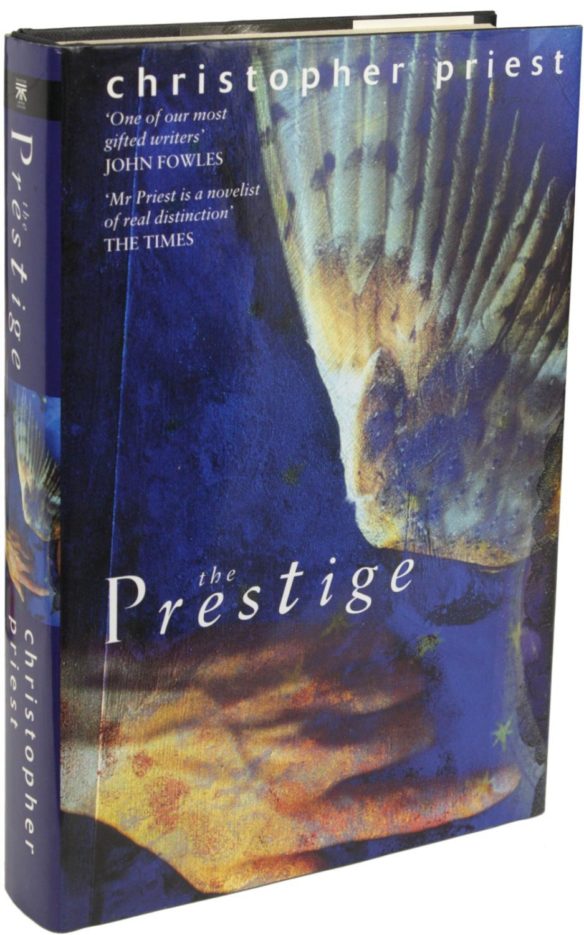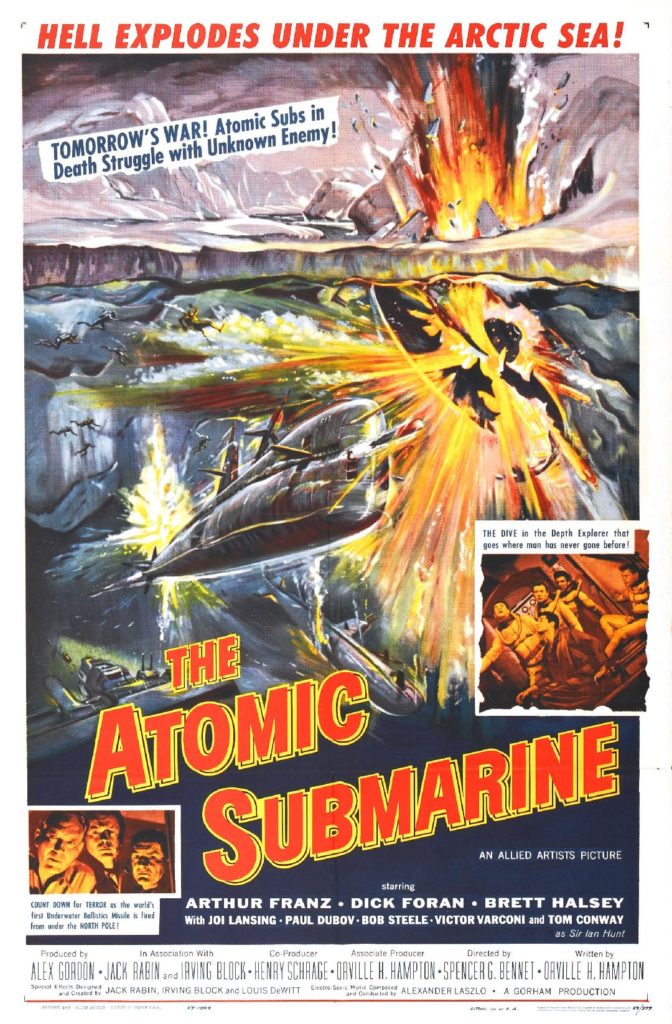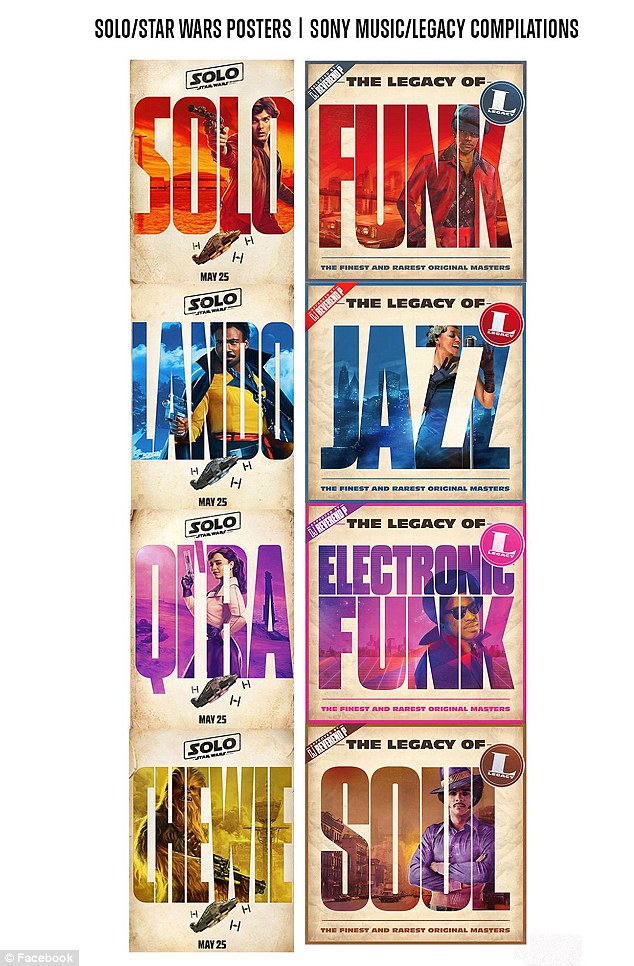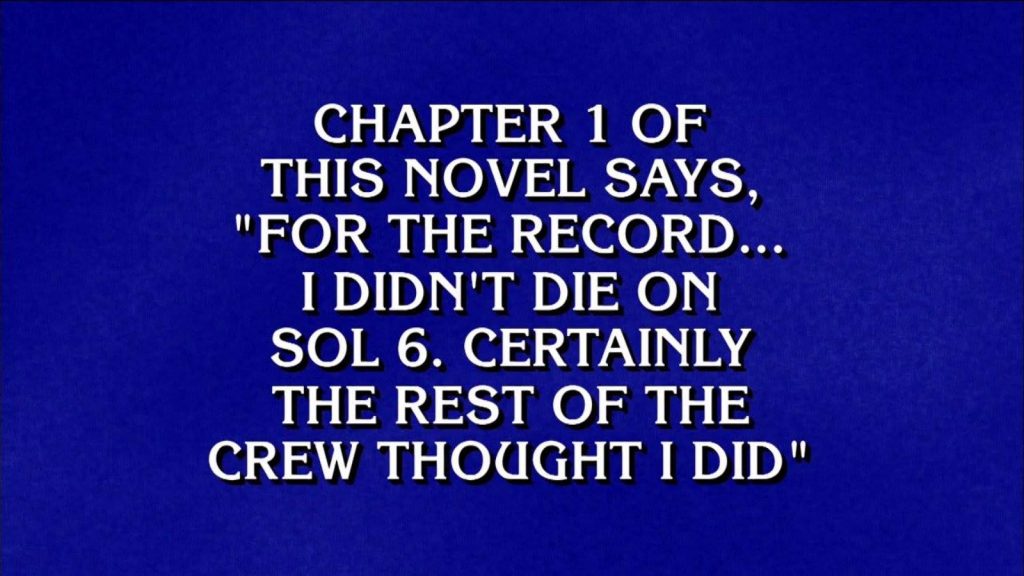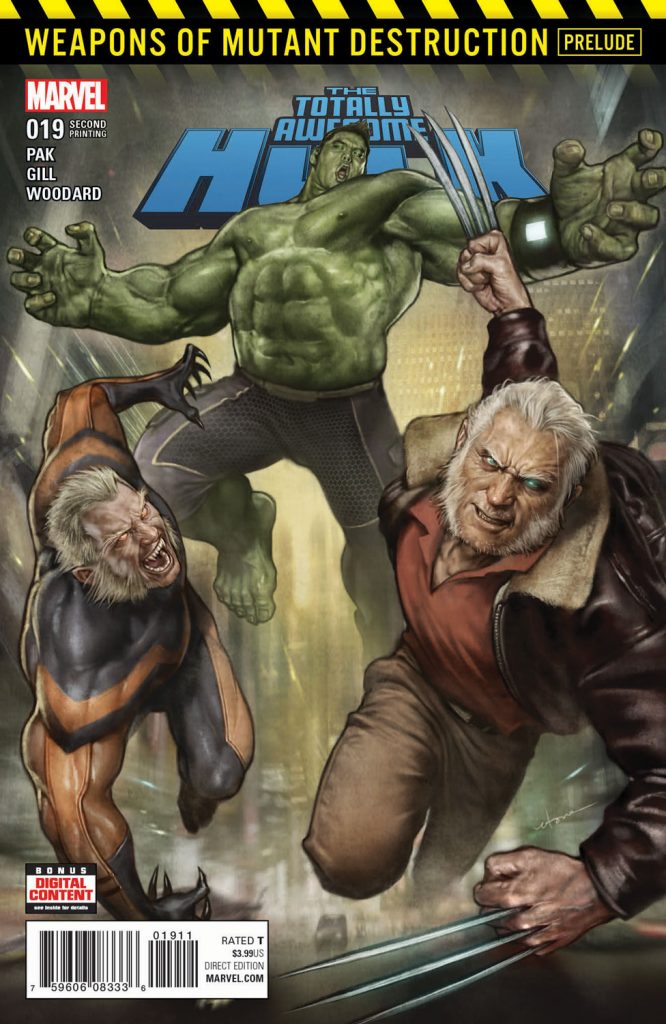(1) FRANKENSTEIN UNBOUND. [Item by SF Concatenation’s Jonathan Cowie.] We have had an SFnal real treat over here in Blighty with a fresh take on the Frankenstein mythos in the form of a three-part audio drama, and through the wonders of the world-wide interwebby thingy, you can enjoy it too. Brian Aldiss constantly told us that the novel Frankenstein was the first true SF novel (with everything genre-related before that being ‘proto-SF’). And now BBC Radio 4 have aired a three-part audio drama that is a post-modern and an ultra-SFnal revamp of the story.
It is set in the future here a researcher creates an artificial intelligence (AI) based on the Frankenstein author’s (Mary Shelley’s) mother, Mary Wollstonecraft. Mary Wollstonecraft was herself well known for her book A Vindication of the Rights of Woman hence the title of this audio play, A Vindication of Frankenstein’s Monster.
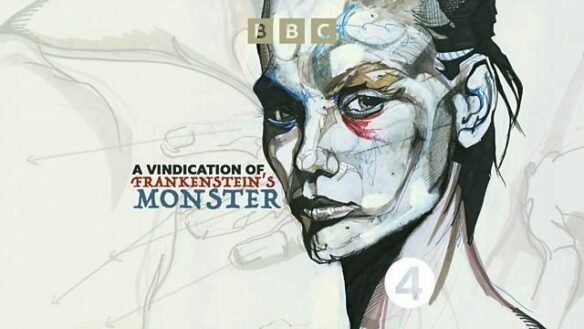
Starting with Mary Wollstonecraft’s ground-breaking feminist text, A Vindication of the Rights of Woman (1792), and moving into a radical re-imagining of Mary Shelley’s Frankenstein (1818), through to the contemporary world of Artificial Intelligence, Linda Marshall Griffiths’ drama asks what would happen if a woman created a woman?
In the first episode of this three part drama, Lizzie walks through Mary Wollstonecraft’s world at the end of the 18th Century and she has questions. Tracing Wollstonecraft’s extraordinary life, she is challenged by her bravery, her incredible mind and her capacity to fall in love with the wrong men. But this is not time-travel, Lizzie is creating a Virtual Reality world at the centre of which is Mary Wollstonecraft. But as the ‘AI’ Wollstonecraft comes to life, trapped in her virtual world, she begins to question exactly what has changed for women more than two hundred years after the publication of her manifesto – have women achieved equality and freedom? And Lizzie, pregnant and recently diagnosed with an aneurysm, must decide whether to allow her life to be constrained by her health, her lover Max, her impending motherhood or whether to complete her work, following Wollstonecraft’s journey to Norway…
You can download all three episodes:
(2) WHO TAKES. Charlie Jane Anders’ June newsletter Happy Dancing has “11 Hot Takes About Doctor Who”. Here’s the first one.
1) Doctor Who has wasted some great story seeds from “Genesis of the Daleks”
Steven Moffat has mined this 1975 classic for story ideas at least twice: in “The Magician’s Apprentice”/”The Witch’s Familiar” and more recently in “Boom.” But there’s still some great material that nobody has touched. In particular: the Doctor’s suggestion that “many future worlds could become allies” because of the threat of the Daleks, and that something good could come of the Daleks’ evil… this is something I’d love to see dramatized on screen. (When Terry Nation wrote this line, the memory of Stalin, Roosevelt and Churchill joining forces against the Nazis was somewhat fresh, but of course that alliance didn’t exactly last.) Also, I’ve long been tantalized by the bit at the very beginning where a Time Lord warns the Doctor about a possible future where the Daleks have won — becoming the only surviving life form in the universe. It would be fascinating to visit that alternate future and perhaps see the Daleks trying to establish it as the main timeline.
(3) A PLUS FOR PHYSICAL BOOKS. “BookTok’s Latest Craze: Books With Sprayed Edges!” at Yahoo!
If you’ve stepped into a bookstore or scrolled Bookstagram and BookTok recently, you’ve likely noticed an increasing number of books with beautiful sprayed edges, or as book lovers call them, “spredges.” This is a design feature where the edges of the book pages are beautifully embellished with color or intricate designs. Sprayed edges might sound like a fun new bookish trend, but they’ve actually been around for centuries. Dating back to the 10th Century, books and sometimes Bibles often had detailed scenes painted on their edges. This practice was called fore-edge painting and now it’s having a renaissance! In recent years, books with sprayed edges have started adorning shelves everywhere, and their immense popularity is only growing. We talked to book pros about why readers are so drawn to this trend, what makes sprayed edges so special and more….

(4) SEE YOU IN THE FUNNY PAGES. The L.A. Breakfast club will host “Tales from the Comic Book Crackdown with Ben Dickow & Company” on August 14 from 7:00 AM – 9:00 AM. Tickets at the link.
Ben Dickow’s new musical Tales From the Comic Book Crackdown brings to life the dramatic Senate hearings on Juvenile Delinquency of April 21, 1954, which were designed to bring down the comic book industry as a whole. These hearings resulted in years of censorship and repression of the comic book industry.
One man stood up for comics and free expression: 32-year-old Bill Gaines, the most successful comic book publisher of his day, was the sole witness to come forward and testify on behalf of comic books. Despite his best efforts, the authorities carried the day, and Bill almost lost everything.

Mr. Beaser: Is there any limit you can think of that you would not put in a magazine because you thought a child should not see or read about it?
Mr. Gaines: My only limits are the bounds of good taste, what I consider good taste.
Sen. Kefauver [alluding to the cover illustration for Crime SuspenStories #22]: This seems to be a man with a bloody ax holding a woman’s head up which has been severed from her body. Do you think that is in good taste?
Mr. Gaines: Yes, sir, I do, for the cover of a horror comic….
You can listen to the music online: “Comic Book Crackdown”.
(5) THOUGHT EXPERIMENT. Sterling Ulrich asks “What if Faramir Joined the Fellowship in The Lord of the Rings?” at CBR.com.
One of the biggest additions to the extended edition of Peter Jackson‘s The Lord of the Rings: The Two Towers film was a flashback to the moment before Boromir set out for Rivendell. Denethor learned about the upcoming Council of Elrond and wanted to send a representative to ensure that the One Ring was used for the benefit of Gondor. Faramir offered to travel to Rivendell, but Denethor had no faith in his younger son and dispatched Boromir instead….
…On the surface, it seems Faramir’s presence at Amon Hen would have been beneficial. However, the Fellowship’s failures at the Battle of Amon Hen in The Lord of the Rings had consequences that were instrumental to Sauron’s eventual defeat. Merry and Pippin only met the Ents because they ran into Fangorn Forest after escaping their Uruk-hai captors. Likewise, Aragorn, Legolas, and Gimli only met Éomer because they crossed paths with him while chasing after the Uruk-hai. Without these chance occurrences, Saruman would have had free rein over Rohan, leaving Gondor without help from its neighboring kingdom in the Siege of Minas Tirith….
(6) SUNDAY MORNING TRANSPORT. “Father Ash” by Rachel Hartman is July’s third free read from Sunday Morning Transport.
Remember, this month, we’re running an annual membership drive of epic proportions — so if you haven’t already, please consider signing up, and if you are signed up, please share this link with your friends.
(7) LYUBOMIR NIKOLOV–NARVI (1950-2024). [Item by Valentin D. Ivanov.] The Bulgarian speculative fiction community lost its doyenne Lyubomir Nikolov–Narvi (1950-2024) on Jul 20. He translated the famous trilogy of J. R. R. Tolkien into Bulgarian and gave the readers many pleasant hours. Nikolov translated from seven languages all together.
He was also an excellent writer on his own – The Tenth Righteous Man (1999) won the fandom award for the best Bulgarian book of the decade – that is, of the last decade of the twentieth century. This amazing novel describes a singularity of sorts – a sudden change in the physical constants gives every person immeasurable destructive power. Will the society survive this challenge?
Nikolov was active until recently – his latest novel appeared in 2022. Ne was known for introducing the game-books in Bulgarian – many kids have learned to read on them. He won an EuroCon (1987), a SotsCon (1989) and many other accolades.
Right now he is probably smoking a pipe in the writers section of Paradise, discussing the fate of Middle Earth with some other esteemed fellows.
More about him here (in Bulgarian, but Google is your friend).
(8) TODAY’S BIRTHDAY.
[Written by Paul Weimer.]
July 21, 1948 – Garry Trudeau, 76.
By Paul Weimer: Trudeau as a cartoonist and as a creator has a number of wide ranging credits: Alpha House, where Republican Senators share a house, and hilarity ensues. Tanner, a satirical look at a fake presidential campaign. And many columns in many publications.
But you’re here, and I am here, for Doonesbury.

Doonesbury had been a fixture of comic strips in newspapers for as long as I was reading physical newspapers, from the 70’s all the way to around 2000 when I moved to California and finally stopped reading physical newspapers on a regular basis. (I would soon just read Doonesbury online) It felt scandalous, even transgressive for me to read and enjoy the comic, once I was old enough to figure out just what the comic was about, because its politics were very much to the left of the politics of my family. I suppose if my parents had paid more attention, they might have decried the comic’s politics, but they didn’t pay attention, and so I could read it in peace.
I was way too young for the Watergate series in Doonesbury, which of course was its first high water mark. Where I remember Doonesbury hitting a height for me was in 1989 and Tiananmen Square. I remember conversations with my older brother, who was enthusiastic that “China is going to become a Democracy!” in exultation. I was far more realistic, even pessimistic, and I have Doonesbury to thank for helping me get parallax, perspective and point of view on the events happening in Beijing that year. (And I remember that when the protests turned violent, the strip went into re-runs, and that really helped bring home to me how serious it all was).
Ever since, I’ve paid attention to when people complain or try to get strips of Doonesbury pulled or show anger against it. That’s when I know that such a venerable comic strip, from such a talented and abiding creator as Trudeau, has once again hit a sensitive mark. And his influence and inspiration to multiple generations of political cartoonists cannot be underestimated.
(9) COMICS SECTION.
- Reality Check sows confusion where there once was none.
- Thatababy invites you to solve a maze.
- The Argyle Sweater shows Dorothy’s Kansas optometrist is on the job.
- Carpe Diem learns the limitations of the Dark Side.
(10) CLOSER TO THE SKY. If you’re ever near Cusco, Peru, Atlas Obscura says you shouldn’t miss: “Area 21 Cusco – Cusco, Peru”.
AREA 51 MIGHT BE BARRICADED by barbed wire and military guards, but this open-air exhibit welcomes all intrepid travelers. Signs that say Abducción Gratis (“Abduction Free”) and the looming figure of a crashed UFO greet visitors, encouraging guests to meet ET’s distant relatives. Situated atop a hill on the outskirts of Cusco along a winding path, visitors can pose with an assortment of extraterrestrials of all shapes, sizes, and home planets.
However, this is more than a kitschy roadside attraction or opportunity for an Instagram photo-op. The interactive art compilation, crafted by Tupaq Kamariy Candia, perfectly melds Peruvian culture and science fiction, illuminating Peru’s rich history with the cosmos….

(11) I’M DREAMING OF A WHITE CHRISTMAS. Buffalo NASFiC guests of honor Kaja and Phil Foglio took a stroll outside the convention.
(12) REBEL MOON PODCAST PREQUEL. “Zack Snyder’s Rebel Moon Announces Surprising Spinoff” at Comicbook.com.
Zack Snyder’s Rebel Moon is getting a prequel. Netflix has announced The Seneschal, an upcoming narrative fiction podcast that will take audiences 500 years before the events of Rebel Moon to explore the origins of the robot knights, the Jimmys. The new podcast is set to debut with its first episode on July 29th with five additional episodes dropping weekly wherever you listen to podcasts.
“Now that you’ve met the Jimmys in the movie, I want to tell their story, their creation, and how they came to be,” Snyder said in a video teaser for the podcast. “I can’t wait for you to listen.”
The Seneschal will star Fallout‘s Ella Purnell as the voice of Raina, Naveen Andrews as Grigory, Alfred Enoch as Adwin, Peter Serafinowicz as Bartholomew, and Jason Isaacs as King Ulmer. You can check out the official description of The Seneschal below.
(13) ROSSEAU, LEWIS AND L’ENGLE. The Science Fiction Makers is free to view on YouTube.
The Science Fiction Makers: Rosseau, Lewis and L’Engle is a feature documentary that examines three integral writers who over the past century wrote within the Christian Science Fiction genre. Through interviews with scholars and current writers, reenactments, archival materials and excerpts from their works, we explore a genre that has been counterculture since its beginning. They were outsiders within the larger Sci-Fi genre and they would face harsh criticism, dismissal, and even hostility from all sides for putting their faith and imagination into their writing. In the end, Victor Rosseau, C. S. Lewis, and Madeleine L’Engle were pioneers of a sub-genre that would doggedly survive and continue to influence popular culture to this day.
[Thanks to Cat Eldridge, SF Concatenation’s Jonathan Cowie, Steven French, Valentin D. Ivanov, Kathy Sullivan, Teddy Harvia, Mike Kennedy, Andrew Porter, John King Tarpinian, and Chris Barkley for some of these stories. Title credit belongs to File 770 contributing editor of the day Patrick Morris Miller.]
